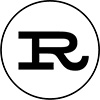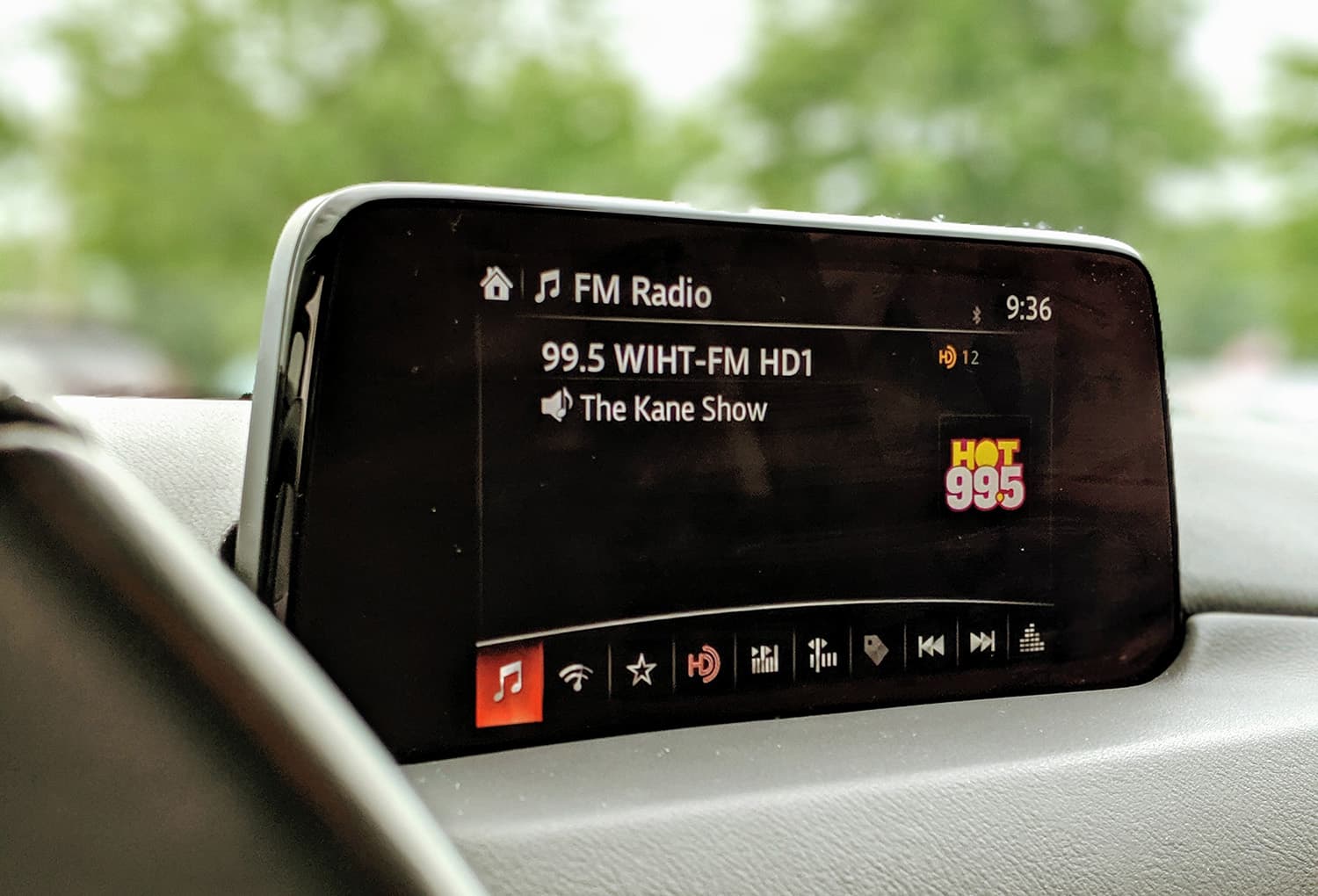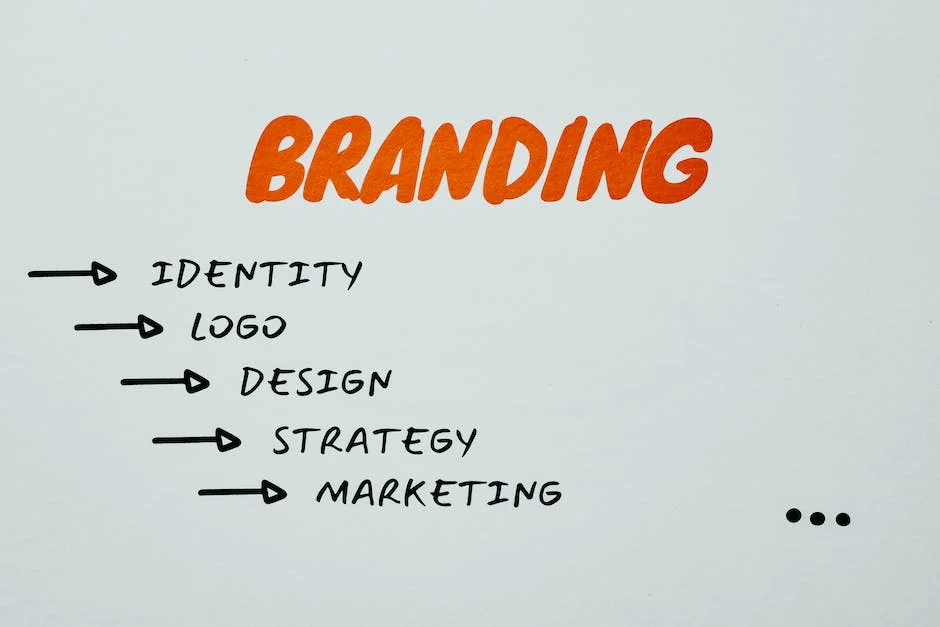Introduction
In the heart of a vibrant community, the local radio station plays a unique role. It’s the voice echoing through bustling streets, the companion for the morning commute, and the narrator of daily life. As a medium, radio creates a sense of familiarity and trust among its listeners. Imagine a scenario where a local bakery decides to advertise its new line of pastries. The ad, played during the morning show, not only reaches thousands of ears but also resonates with a loyal audience that values community businesses. This setting exemplifies the power of radio advertising – a tool that, despite the rise of digital media, continues to thrive due to its local focus and personal touch.
The Undiminished Power of Radio in a Digital World
Despite the digital revolution, radio’s impact remains strong, particularly in local markets. According to Nielsen, radio reaches more Americans weekly than any other platform. This statistic reveals radio’s unparalleled ability to penetrate daily life, offering a unique channel for businesses to connect with local audiences.
Interestingly, the Radio Advertising Bureau reports that radio delivers a remarkable return on investment (ROI). For every dollar spent, businesses can see up to twelve dollars in sales. This ROI outperforms many other media channels, making radio an economical choice for mid-sized businesses.
Radio advertising’s effectiveness is partly attributed to its ability to target specific demographics. Stations often cater to distinct audience segments based on age, interests, and lifestyle, allowing businesses to tailor their messages to the right listeners.
Why Radio Resonates with Local Audiences
Radio holds a special place in the hearts of local communities. It’s more than just a broadcasting medium; it’s a trusted friend. The personal connection listeners feel with their favorite radio hosts is a powerful tool for advertisers. When a trusted voice endorses a product or service, it carries significant weight.
This connection is further strengthened by radio’s role in local events and news. It’s common for radio stations to be involved in community activities, from charity events to local festivals. Businesses that align themselves with these activities can enhance their local presence and reputation.
How Rhom Creative Can Amplify Your Message
Rhom Creative specializes in leveraging the unique advantages of radio for local businesses. Our approach involves understanding your brand’s story and translating it into compelling radio content. We focus on creating ads that don’t just sell but also tell a story that resonates with your target audience.
Our success lies in our ability to craft messages that align with the local community’s values and interests. We’ve helped numerous businesses increase their visibility and customer base through strategic radio campaigns.
The Future of Radio Advertising
The future of radio advertising is exciting. With advancements in technology, radio is no longer just about the airwaves. Online streaming, podcasts, and digital radio offer new avenues for advertisers to reach their audience. These platforms allow for more targeted advertising, enabling businesses to reach specific segments of their audience with greater precision.
Despite these advancements, the core of radio advertising remains the same – it’s about building a connection with the listener. Whether through traditional broadcasting or digital channels, the intimacy and immediacy of radio continue to make it an effective medium for local businesses.
Conclusion
Radio advertising stands as a testament to the enduring power of personal connection in marketing. Its ability to reach a wide yet targeted audience makes it an invaluable tool for mid-sized businesses looking to expand their local market presence.
As we navigate an increasingly digital world, radio offers a touch of humanity and personalization that can make your business stand out. The question for local businesses then becomes: In an era where everyone is looking to digital solutions, could the real key to connecting with your community lie in the traditional, yet ever-evolving world of radio advertising?


